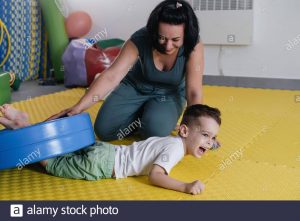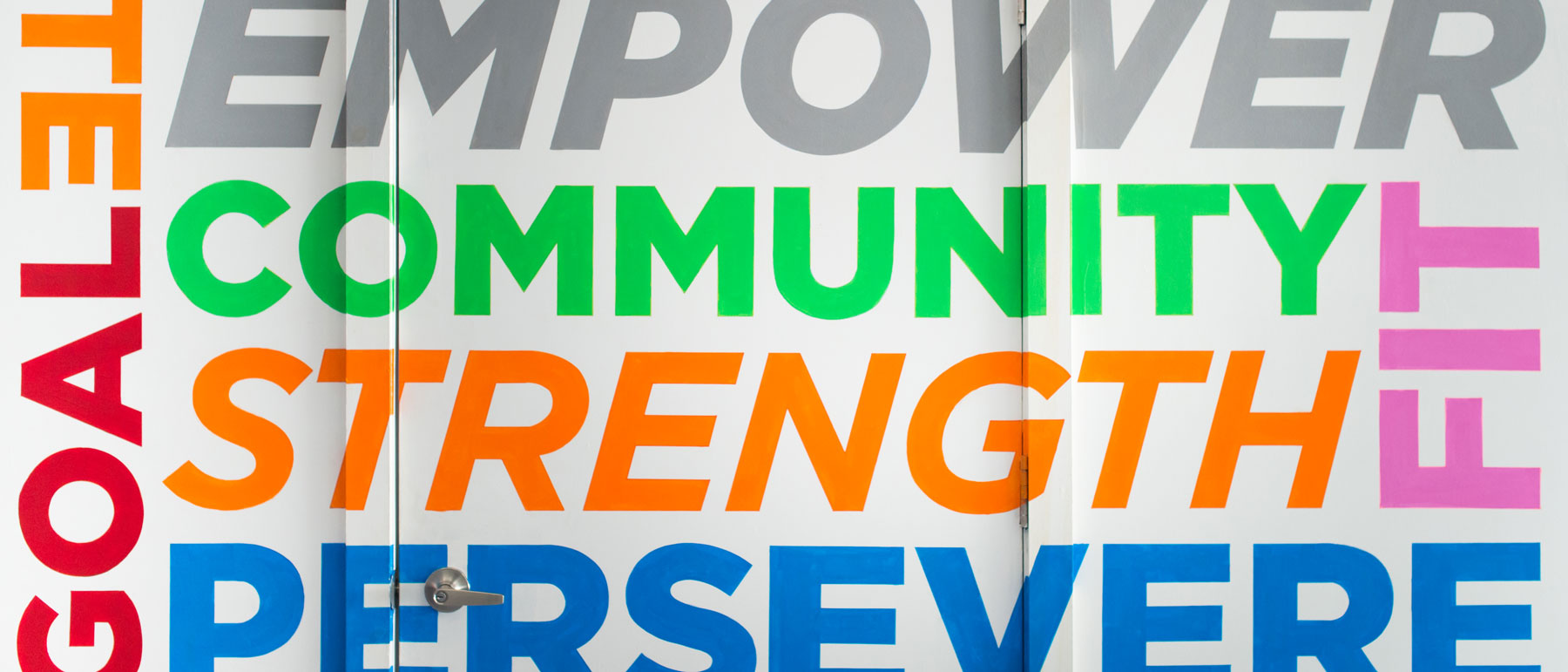Getting Your Child Ready for a Physical Activity For Disable
While there is no doubt about the positive effects of regular exercise on physical function and health, there are also good news regarding the negative effects of inactivity. Regular physical activity is vital for maintaining and improving your overall health. Regular exercise is good for children. They have better balance, coordination and behavior. There is also a lower chance of developing future medical problems. This can lead to a higher sense of well-being. For adults, physical inactivity is linked with higher rates of heart disease, hypertension, depression, insomnia, poor memory, high blood pressure, poor memory, poor concentration and even more serious health problems, such as cancer, diabetes, osteoporosis, and obesity.
Getting Your Child Ready for a Physical Activity For Disable
Many disabled adults face a number of challenges, including how to get up from a chair or move from one place. Many disabled people struggle to maintain a healthy lifestyle. There are many options that can make it easier to maintain a healthy lifestyle. Many disabled people find that enrolling children in a group exercise class gives them the opportunity to learn, compete with others, build self-esteem, and socialize with others.
Getting Your Child Ready for a Physical Activity For Disable
Finding a good physical activity class for children is easy: ask friends and family, check the Yellow Pages, search the Internet, or talk to your doctor about what he can recommend. Many hospitals offer after school programs for children with various disabilities, such as autism, cerebral paralysis, dyslexia, and others. If you don't know of any disabled people in your local area, ask your child's school principal to see if they have any children who might be interested in joining a special class. Schools love to see parents taking an interest in their children, especially if it helps to encourage their own children to engage in physical activity.
Getting Your Child Ready for a Physical Activity For Disable
There are many ways parents can encourage their In home care services Melbourne to exercise. It’s important that they get outside and get enough sunlight, fresh air, and air. It is also important to increase their confidence by knowing that others are interested in them. After all, most non-disables are always looking to support the developmentally disabled in their everyday lives, whether it’s learning to walk, speak, and walk with more confidence, or even playing sports like basketball and soccer.
There are a few things that parents can do together to create a fun physical activity environment for their child. First, it’s important for the child to participate in as many activities as they can, whether that’s biking to class, swimming, playing in a group, or just walking around the block. The more active the child is, the better their school disability services victoria and social interactions will be. This builds confidence, something that every parent wants for their child.
Parents can also learn to communicate with their children and express their feelings. This may seem difficult, particularly if your child has trouble communicating his needs verbally. There are many physical signs that your child might be experiencing, such as difficulty walking or hunching over. These signs can be a sign of a more serious condition.
Many disabled children are afraid to interact with others disabled people. However, it’s important to remember that there are many ways for disabled individuals to get out and meet other people. There are many clubs and organizations that are specifically designed to help disabled people. These events are a great way for parents to get social experience with their child and learn more about disability. Parents might also be interested in programs for adults and teens with disabilities at many churches.
Parents can do many different things to help their child become more independent. Parents can help their child develop a healthy lifestyle by adding variety to their life. Physical activity is not just good for children, but also for their bodies. Many activities are low-impact so your child doesn’t have to feel pain or discomfort. If your child is willing for pain to be experienced, why not let them?
